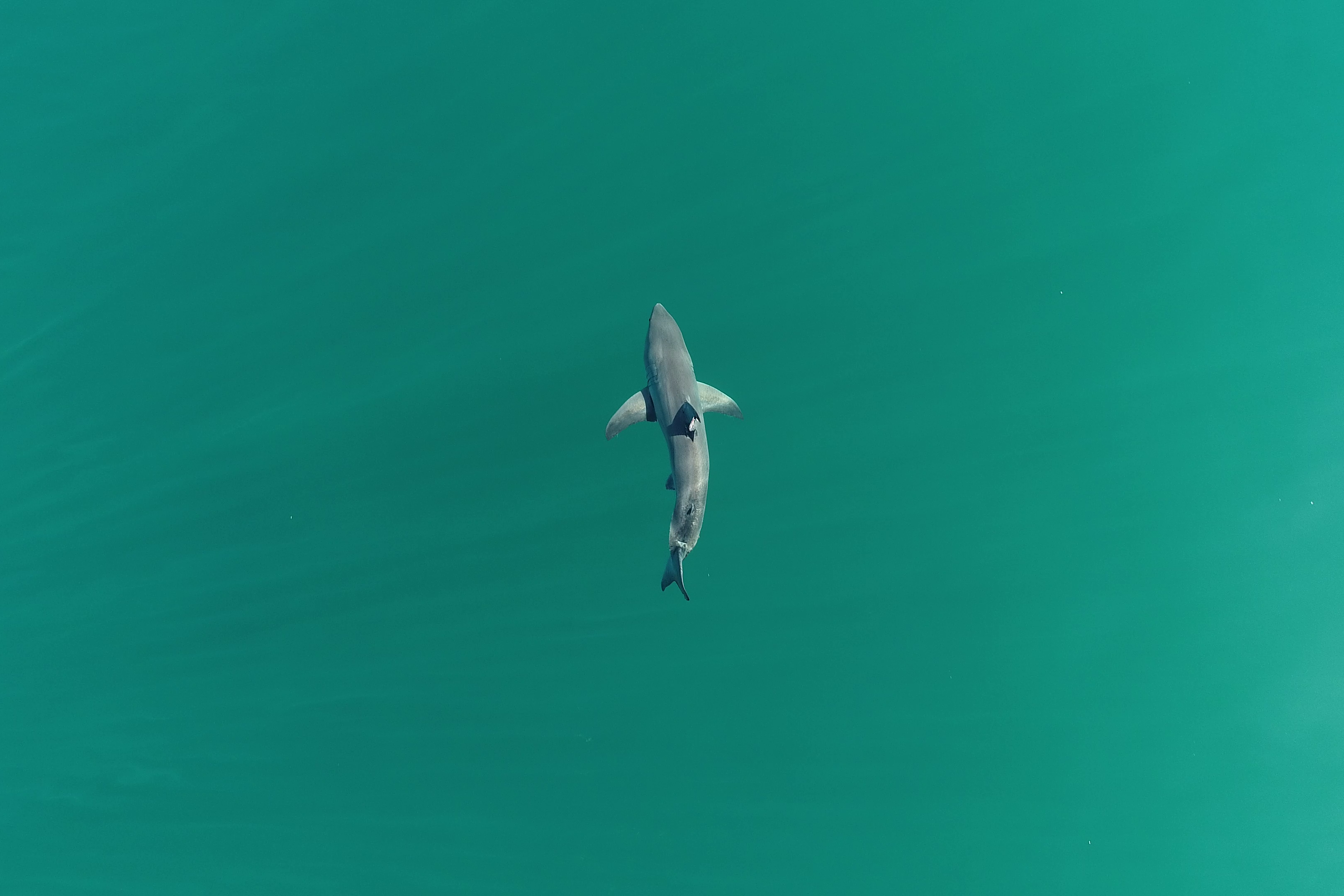Baby and teenage great white sharks prefer shallow waters – study
Experts believe staying close to the shore helps sharks avoid predators while aiding growth.

Your support helps us to tell the story
From reproductive rights to climate change to Big Tech, The Independent is on the ground when the story is developing. Whether it's investigating the financials of Elon Musk's pro-Trump PAC or producing our latest documentary, 'The A Word', which shines a light on the American women fighting for reproductive rights, we know how important it is to parse out the facts from the messaging.
At such a critical moment in US history, we need reporters on the ground. Your donation allows us to keep sending journalists to speak to both sides of the story.
The Independent is trusted by Americans across the entire political spectrum. And unlike many other quality news outlets, we choose not to lock Americans out of our reporting and analysis with paywalls. We believe quality journalism should be available to everyone, paid for by those who can afford it.
Your support makes all the difference.Baby and teenage great white sharks prefer shallow waters close to the shore, research suggests.
Scientists have found that young sharks gather in “nurseries” only a kilometre from the coast, where waters are up to 10 metres deep and temperatures range between 16 and 22C.
The experts believe this may be because staying close to the shores helps them avoid predators while warmer temperatures aid growth.
The researchers said their findings, published in the journal Frontiers In Marine Science, could help in conservations efforts for the species – listed as vulnerable by the International Union for Conservation of Nature (IUCN) – and prevent unwanted encounters with swimmers.
Baby great white sharks are on their own from the moment they are born and fend for themselves.
At birth, a baby shark is about 5ft long (1.5m) and may reach a length of up to four times that as it grows.
Weighing up to 4,500 pounds, great white sharks can live for 40 to 70 years.
Earlier this year, a newborn shark made headlines when drone footage taken off the coast of Southern California was shared with the world.
It is said to be the first time a baby great white shark had been caught on film.
For the study, the team tagged 22 great white sharks – aged between one and six years old – with sensors off Padaro Beach near Santa Barbara in central California.
Senior author Dr Christopher Lowe, a professor at California State University, said: “This is one of the largest and most detailed studies of its kind.
“Because around Padaro Beach, large numbers of juveniles share near-shore habitats, we could learn how environmental conditions influence their movements.
“You rarely see great white sharks exhibiting this kind of nursery behaviour in other locations.”
The researchers used data gathered from the sensors and underwater vehicles and combined it with artificial intelligence to determine the kind of environment juvenile sharks preferred.
They found the juveniles hunted at the greatest depths around dawn and dusk, and likely feasted on skates, rays, schooling fish and other small bony fish.
These creatures moved closest to the surface in the afternoon when the sun was hottest, possibly to increase their body temperature, the team said.
First author Emily Spurgeon, a research technician at the Shark Lab at California State University, Long Beach, said: “We showed that juveniles directly altered their vertical position in the water column to stay between 16 and 22C, and if possible between 20 and 22C.
“This may be their optimum to maximise growth efficiency within the nursery.”
Ms Spurgeon that water temperature was “a key factor” that brought juvenile great white sharks to the area near Padaro Beach.
She said: “However, there are many locations across the California coast that share similar environmental conditions, so temperature isn’t the whole story.
“Future experiments will look at individual relationships, for example, to see if some individuals move among nurseries in tandem.”